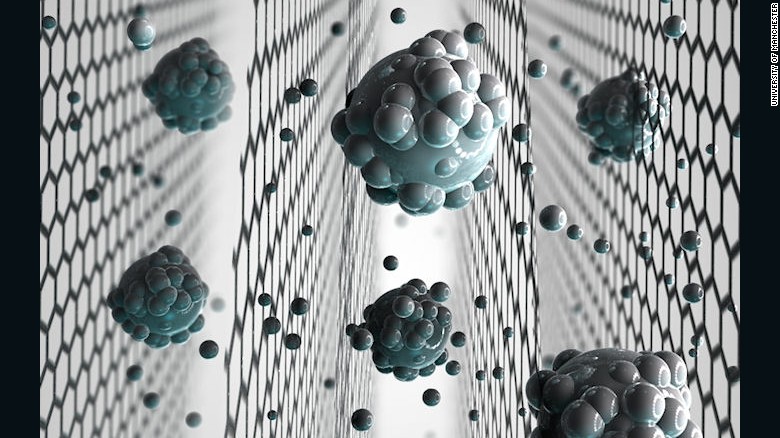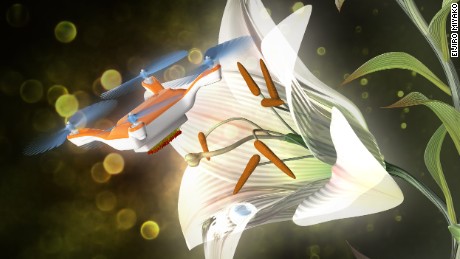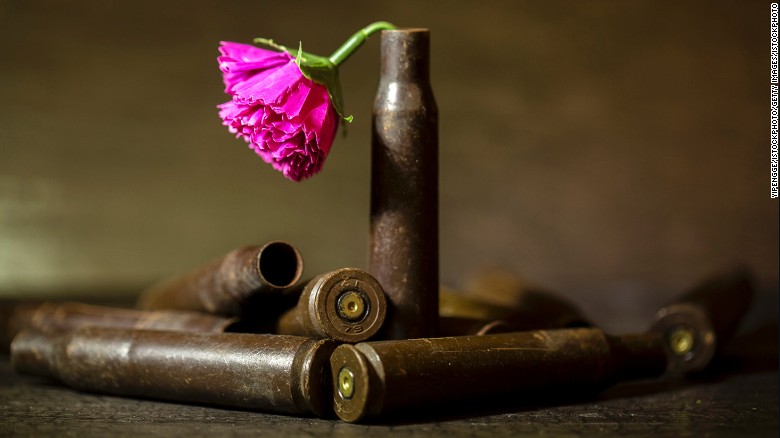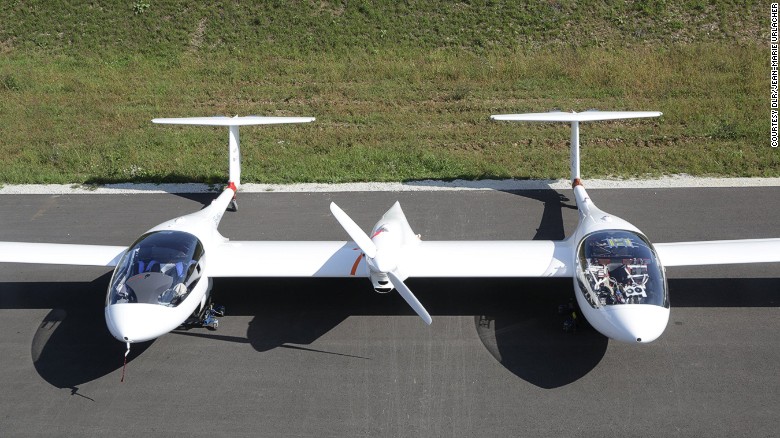There are so many ways for us to innovate our way back to a balanced planet. Here's just a few.
Though there are many varied issues, we can narrow down our plight to preserving and restoring the most valuable natural resources...water, air quality, soil for food supply and a significant reduction in waste that is not biodegradable.
5 cool inventions that could save the planet
You've heard about the impact that our technology-driven population is having on the planet -- from cars, to energy factories, to the over-consumption of the earth's resources.
It's causing a lot of problems.
Yet,
inventors are also using this technology to improve lives across the
planet. Here are a few of their creations (or soon-to-be ones):
1. A high-tech sieve that makes the ocean drinkable
Yes, you can already turn the ocean into drinkable water through existing, industrial-scale desalination plants.
But
these plants are often costly and can damage the environment: They use
large amounts of energy, produce greenhouse gases and can harm marine
life.
So, researchers in the UK have developed a sieve made out of graphene that may be able to filter out salt using less energy.
That could help provide safe, clean, drinkable water -- which is a rare resource in many countries.
In
fact, the United Nations predicts that in less than a decade, 14% of
people around the world will not have access to sufficient water
resources where they live.
2. A drone that pollinates
So
much of what you eat and drink every day -- apples, carrots, chocolate,
even coffee -- relies on pollination, which allows plants to reproduce.
In fact, about 75% of the world's crops are produced with the help of pollinators, like bees and butterflies.
Yet these insect pollinators belong to a group that's facing extinction, according to a UN report.
So
researchers in Japan are testing drones to see if they can carry pollen
from one plant to another -- just like a small insect.
The
researchers' drone was able to pollinate a very large flower, but
there's still a lot more work to do before these machines can carry out
the work of bees.
3. Biodegradable bullets
Protecting
the environment might seem like the last thing the US military is
worried about. Just this year, however, the US Army asked for proposals
for biodegradable ammunition to replace the existing rounds it uses
during training exercises.
The
current spent rounds -- the bullet casings that are ejected from a
weapon after it's been fired -- are believed to take hundreds of years
to biodegrade, according to the Pentagon, and they contain components
that could harm the soil and water.
As
a result, the US Environmental Protection Agency says that military
facilities make up the majority of the country's most polluted sites.
So
the US Department of Defense is asking for new ammunition that contains
seeds to produce food for animals: "This effort will make use of seeds
to grow environmentally friendly plants that remove soil contaminants
and consume the biodegradable components developed under this project."
4. A plant-based 'plastic' that doesn't pollute
Inspiration can come from some unlikely places.
For
Indonesian entrepreneur Kevin Kumala, it arrived on a rainy day as he
watched dozens of motorcyclists wearing vinyl ponchos to protect them
from the wet weather.
"It
clicked that these disgusting, toxic ponchos would be used a few times
and then discarded, but they would not decompose," he said.
So
the biology major set out to create a plastic made from a biodegradable
material -- and he and his partner succeeded in making ponchos, bags
and food packaging from cassava, a cheap and common vegetable found
across Indonesia.
In 2014, Kumala
launched Avani Eco, which produces four tons of cassava-plastic products
each day. He hopes to secure funding to produce a lot more.
Kumala is so confident in his product that he will dissolve and drink his bioplastic creations.
5. A plane that emits only water
OK,
so it fits only four people, including the pilot -- but this
sleek-looking plane runs on an electrical current from a supply of
hydrogen and oxygen, aided by a battery.
The result? Its only emission is water vapor.
"This
is the first time that somebody has built an airplane that can carry
more than one person and which is driven by hydrogen," says André Thess
of the German Aerospace Center (DLR), which helped build the aircraft.
The hope is to create emission-free air taxis -- like the HY4 -- that can easily travel from city to city in the near future.
"Say
you want to go between Irvine and Ventura in the Los Angeles area. It
can take you between one and a half and three hours if there are traffic
jams, but by plane it will take you around 35 to 40 minutes," says
Josef Kallo, the HY4 project leader.
"And within a controlled airspace you could have a lot of these planes flying around."





No comments:
Post a Comment